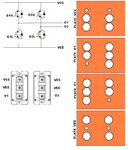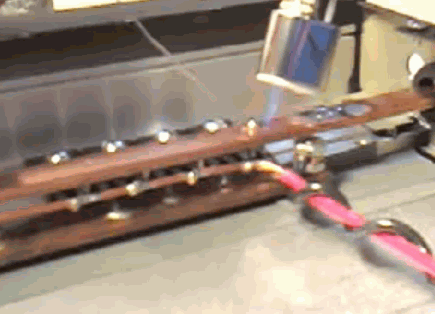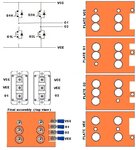meltbox360
Newbie level 5
I can't seem to find anything on the topic of mounting high power Mosfets directly to hunks of metal to carry a bunch of current. How is such a thing done and does anyone have a link to someplace I could look at to get a good idea of the property way to connect the drain, sink, and gate if I wanted to use metal bars to carry power. Thanks.
Edit: I found this but it's just tons of solder on a PCB and seems difficult to do properly.https://ecomodder.com/forum/showthr...ion-programable-100amp-200amp-100v-13865.html
I have also come across a YouTube video showing a 200 amp motor controller but I can deduce exactly how the Mosfets are mounted.
Edit: I found this but it's just tons of solder on a PCB and seems difficult to do properly.https://ecomodder.com/forum/showthr...ion-programable-100amp-200amp-100v-13865.html
I have also come across a YouTube video showing a 200 amp motor controller but I can deduce exactly how the Mosfets are mounted.
Last edited:


